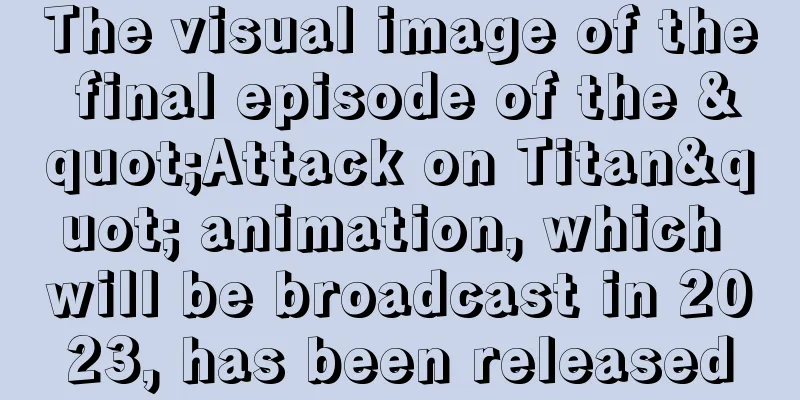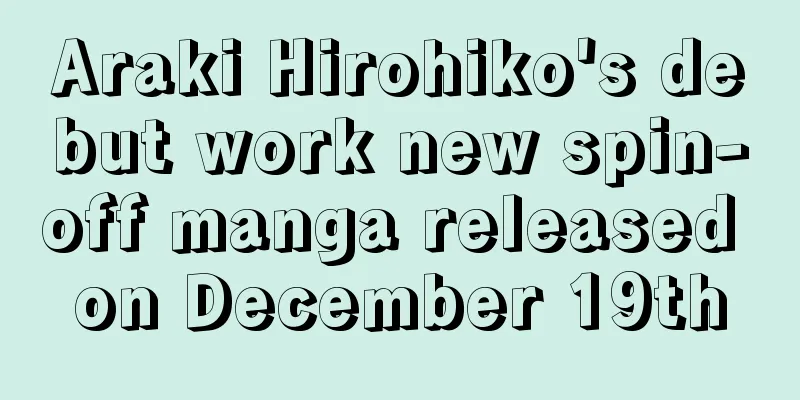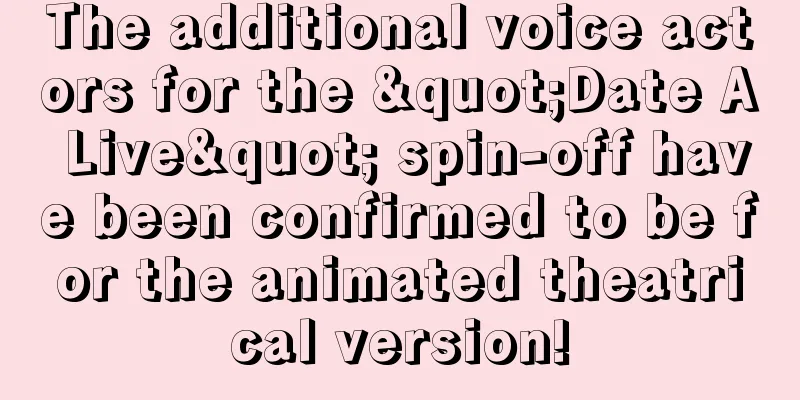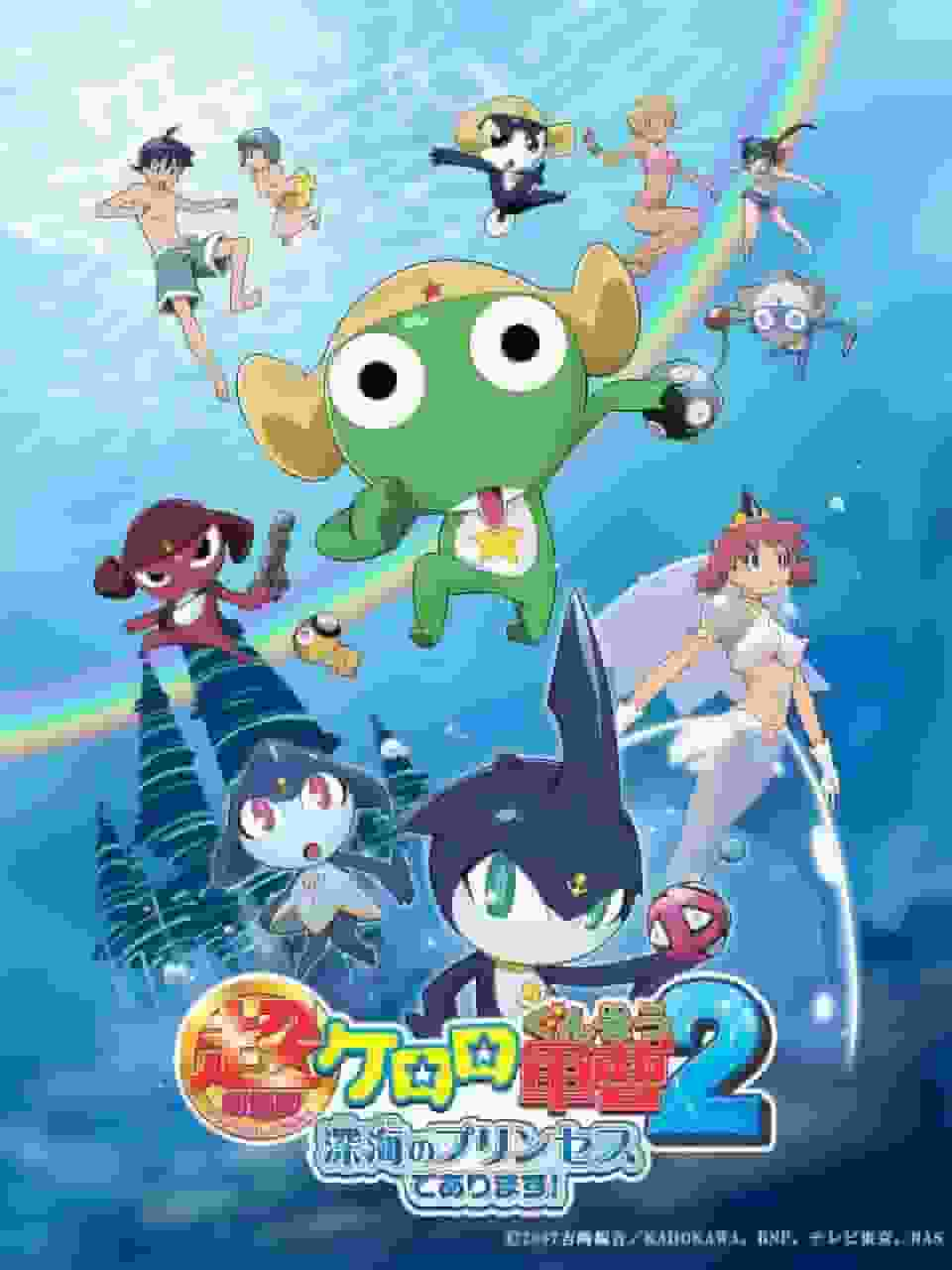A thorough analysis of the appeal of the everyone's song "Let's Play"!

"Let's Play": A two-minute gem on NHK Educational TV"Let's Play," which aired on NHK Educational TV (now NHK E-Tele) in June 1969, is a short two-minute animation, but its content and message remain in the hearts of many people to this day. This work was created by director Yoji Kuri and was produced to teach children the importance of play. Below, we will introduce detailed information and the appeal of this work, and also delve into its background and influence. Overview"Let's Play" was broadcast as part of NHK's long-running program "Minna no Uta." "Minna no Uta" is a music program that has been running since 1961 and is loved by a wide range of generations, from children to adults. "Let's Play" is known as a particularly memorable episode of the program.
Story and ThemesThe story of "Let's Play" is very simple. It depicts children enjoying various games, and conveys the importance and joy of play. The animation begins with a scene of children playing in a park, and then various games unfold one after another, such as playing ball games, tag, and jumping rope. It ends with a scene of the children holding hands and dancing together in a circle. The theme of this work is "the importance of play." In modern society, children often grow up surrounded by digital devices, and traditional play is often forgotten. However, "Let's Play" reminds us of the joy of communicating with friends and moving our bodies through play. It also teaches us how important play is to children's development. Animation FeaturesThe animation of "Let's Play" shines with director Yoji Kuri's unique style. Yoji Kuri is known as an animator with a keen sense of abstract expression and color, and his talents are on full display in "Let's Play". The animation depicts the children's movements simply and dynamically, giving the viewer a sense of vitality and joy. The colors are also vivid and shine, as if to symbolize the energy of children. Furthermore, music is also an important element that enhances the appeal of this work. The theme song of "Let's Play" has a bright and catchy melody that expresses the joy of children playing. This song has been loved by many children since it was first broadcast, and is still familiar today as a nostalgic classic. Background and influencesIn the late 1960s, when "Let's Play" was produced, television was starting to become popular in households, and the demand for children's programs was on the rise. NHK launched "Minna no Uta" to provide educational content, and "Let's Play" was produced as part of that program. Director Yoji Kuri made this work to convey the importance of play to children. "Let's Play" had a huge impact, and was loved by many children since it was first broadcast. In particular, its message about the importance of play resonated with parents and educators, and it was used as a teaching material to promote healthy development in children. This work also helped to widely publicize the talent of director Yoji Kuri, and had a major impact on his later career. Recognition and Awards"Let's Play" was highly praised when it was first broadcast, especially for its message to children about the importance of play, and for director Yoji Kuri's unique animation style. The series was also a success as an educational program on NHK, and was supported by many viewers. As for the awards it has received, it received the Excellence Award at the Japan Prize (an international educational program contest sponsored by NHK) in 1969. This award is proof that the educational value and artistic quality of "Let's Play" have been internationally recognized. Related works and recommendationsLike "Let's Play," director Kuri Yoji's other works include "The Human Zoo" and "Gauche the Cellist." These works are also filled with Kuri Yoji's unique style and deep messages, so we recommend watching them. There are also many other masterpieces in the NHK "Minna no Uta" series. For example, "Great Wall Clock" and "Hands in the Sun" are known as works that can be enjoyed by children and adults alike. Other works that deal with the theme of the importance of play include Studio Ghibli's "My Neighbor Totoro" and "Spirited Away." These films also depict the world from children's perspectives and convey the importance of play and friendship. We recommend that you watch these films as well. summaryAlthough "Let's Play" is a short animation of only 2 minutes, its content and message remain in the hearts of many people even today. Director Yoji Kuri's unique style and message about the importance of play continue to be loved by a wide range of generations, from children to adults. This work was also a successful educational program on NHK, and was supported by many viewers. Please watch this work and reaffirm the fun and importance of play. |
<<: The Village is Harvesting Wheat: A Thorough Analysis of the Appeal of Minna no Uta
>>: The appeal and reviews of "Rokuho Yabure-kun": A unique anime with a legal theme
Recommend
"Space Battleship Yamato 2205" new movie trailer released on October 8
"Space Battleship Yamato", the represen...
Fate2 will be introduced to the mainland, and the Chinese poster of "Heaven's Grail 2: Lost Butterfly" has been released
This morning (May 30), the official Weibo account...
The appeal and reviews of "EX MACHINA": A must-see sci-fi anime masterpiece
EX MACHINA: A story of warriors and love in a fut...
The appeal and reviews of Minami-ke Tadaima: A relaxing and funny slice-of-life anime
Minami-ke Tadaima - The charm of a slice-of-life ...
Zack Snyder's Army of the Dead to be aired on Netflix on May 21
Well-known director Zack Snyder today (February 2...
The appeal and evaluation of "Buddhist Tales 3: A Great Wish - The Path to Immeasurable Life"
Detailed review and recommendation of Buddhist sc...
One Piece movie "FILM RED" interlude trailer will be released on August 6
The new animated film "One Piece FILM RED&qu...
It's confirmed! Anthony Mackie will star in Captain America 4
Following up on his Marvel series The Falcon and ...
HBO Max's 'Friends' reunion special to be delayed
Recently, according to media reports, due to the ...
The trailer for the movie "The Second Part of the Gods" will be released on the first day of the Lunar New Year
Today (December 18), the movie "Fengshen II&...
The appeal and reviews of "Denpateki Kanojo: Koufuku Game": A unique world view and character depth
The appeal and depth of "Denpateki Kanojo ~H...
Mamekichimameko: The Daily Life of a NEET: Praised for its exquisite balance of realistic depictions of daily life and humor
"The Daily Life of Mamekichimameko, a NEET&q...
The new character design art of the TV animation "Jujutsu Kaisen" adapted from the comic is released
The animated version of the popular manga "J...
Oscar-winning foreign language film "Departures" confirmed to be introduced to China, release date to be determined
Directed by Yojiro Takita and starring Masahiro M...
Come and take a look at the Halloween COS shows of European and American big names, they are so beautiful!
Today is the much-anticipated traditional Western...









